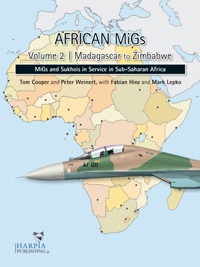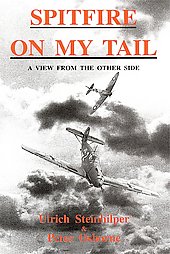You have books and you have books! This is a BOOK! More than 450 pages with literally everything that concerns aviation at sea. This book from Norman Friedman tells concrete about the development of fighter planes and aircraft carriers from the English Royal Navy, the US Navy and the ‘Imperial Japanese Navy’ from the 20ies when it all began. Is there anyone in the world who has written more about ‘naval’ than Norman Friedman? His contribution on this topic is gigantic.
You will find 13 chapters in this book which, amongst others, tell about the development of aircraft carriers and the planes with and without radar which flew in those years and still fly; the way in which radar, computers and the development of engines helped airplanes. Also various wars in which aircraft carriers plaid a role come forward, like Vietnam, Korea, Falklands, the World Wars. Plus the manner in which the carriers were tactically deployed, their vulnerability and what could be done to that. So, it is not just slightly elaborate, but simply all-embracing in my eyes, kind of scientific. It could be a ‘Marine Manual’ for naval crew on aircraft carriers.
Although the book contains an enormous amount of letters, it reads easily. I have – yes, honest as I am – not read the whole book from front to back (practically impossible), but this book is also not meant for that, or is it? Anyway, it reads easily but can also be used as reference book. I have read in various chapters texts with interesting details. From the technical development versus the choices of the military forces to deploy or not to deploy these developments, till the reason why the HMS Sheffield didn’t see the Exocet rocket coming during the Falkland conflict; with wounded and deceased as a result. And the reason why the US Navy went from 3 to 4 planes in a formation in WW II till the various (technical) assets as ‘mirror sights’ which were used to lead planes in.
The book contains hundreds of black and white pictures of planes and carriers in varying sizes. Most of them I had not seen before. The letter type in this book is a bit smaller than usual, but with my 46 year old eyes this still goes very fine! The book is anyhow a splendid book for on your book shelf in which you would like to read a bit left and right when there is a reason for it. It is more than excellently documented (45 pages with notes!). The only negative point which I could think of is that it doesn’t contain colour pictures. But that is abundantly made up with all the content and the hundreds of pictures, drawings and cross-sections of planes. It must have been an immense job to make this book! For every navy fan a must have! Complements, well done Norman! For me personally the book comes in my top 5 of best published aviation books.












Leave a Reply